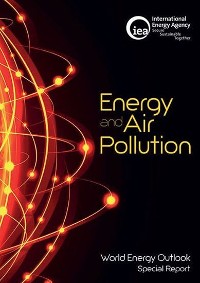Energy and Air Pollution
Air pollution is a major public health crisis, with many of its root causes and cures to be found in the energy sector. Solutions are known, but the problem is far from being solved.
Continued reductions in pollutant emissions across the industrialised world, and the onset of declines in China, are accompanied by modest growth in India and Southeast Asia and more rapid rises in parts of Africa.
Activities
Since many years, AIR is analyzing the impacts of the energy scenarios presented in the annual World Energy Outlook reports of the IEA on air pollutant emissions and human health.
In particular, for the 2016 IEA Special Report on Energy and Air Pollution, IIASA used its global version of the GAINS model to illustrate the health benefits of a Clean Air Scenario, which at the same time contributes to other policy goals, including an early peak in carbon dioxide emissions.
Project partners
- The International Energy Agency (IEA)
Key findings



